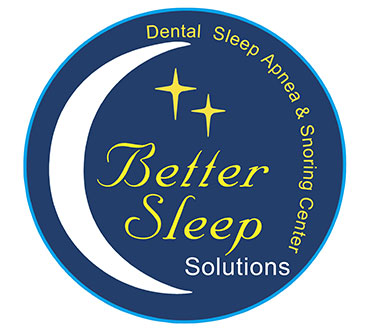Options for Treating Obstructive Sleep Apnea:
In the event that you have obstructive sleep apnea (OSA), an assortment of treatment options is available. First, talk with your primary care physician. Sleep should initially be analyzed in a sleep study and then the best type of rest apnea treatment can be chosen by you and your primary care physician.
Types of Sleep Apnea Treatment:
Continuous Positive Airway Pressure (C-PAP)
Most widely recommended and successful, this therapy is most common with OSA patients who suffer from moderate to severe sleep apnea, which generally cannot be successfully treated with other the other options listed below. C-PAP machines create a delicate stream of pressurized air that is guided through a hose to a little cover that connects over your nose. This positive wind current shields your ways from getting hindered during the night while you rest. There are various sorts of veils that can be utilized, just a minor departure from the C-PAP machine itself. So on the off chance that you have beginning battles with C-PAP treatment, don't quit too soon. Talk with your primary care physician about changes that can be made.
Lifestyle Changes
Ordinarily connected with both overweight patients and the individuals who drink intensely, sleep apnea can sometimes be treated with lifestyle changes. Extra tissue in and around the throat improves the probability of blockage while resting. Liquor loosens up muscle tissue, which can prompt blocking air entries during rest.
Oral Dental Appliances
Generally utilized by patients who suffer from only mild to moderate sleep apnea, there are two types of dental appliances for sleep apnea: Mandibular Advancement Devices and Tongue Retaining Devices. Rather than creating a positive wind stream like a C-PAP machine, these apparatuses control either the jaw or tongue to keep your paths open.
Surgery
There is a scope of various medical procedure choices, some negligibly obtrusive, others more evasive. While medical procedure medicines address various pieces of the mouth or throat, they for the most part all have a similar objective: to evacuate the tissue that breakdown and hinders flow through the airway during the night.


 Website Powered by Sesame 24-7™
Website Powered by Sesame 24-7™